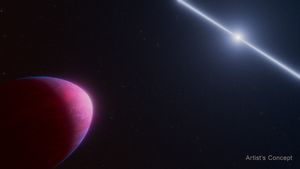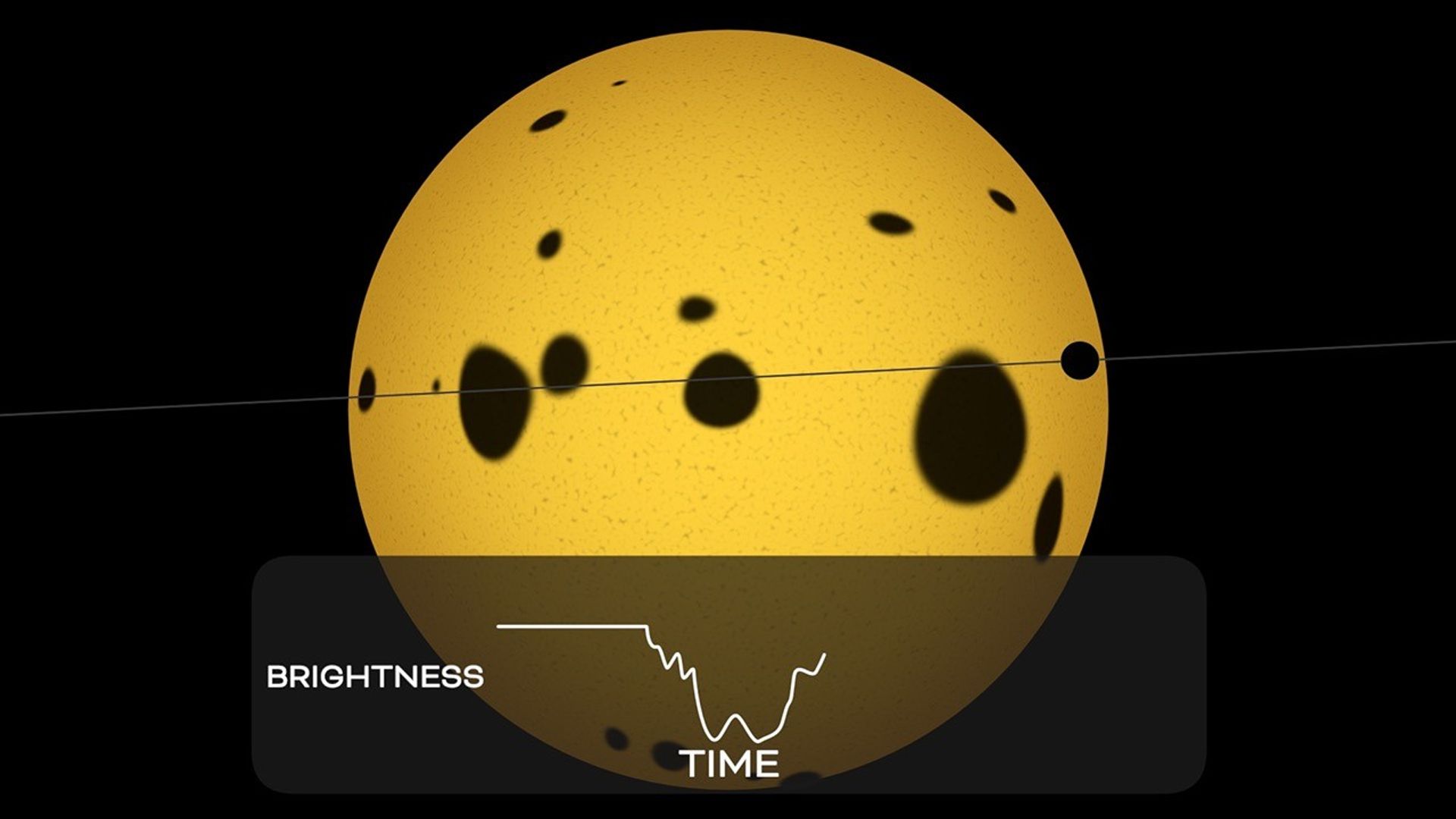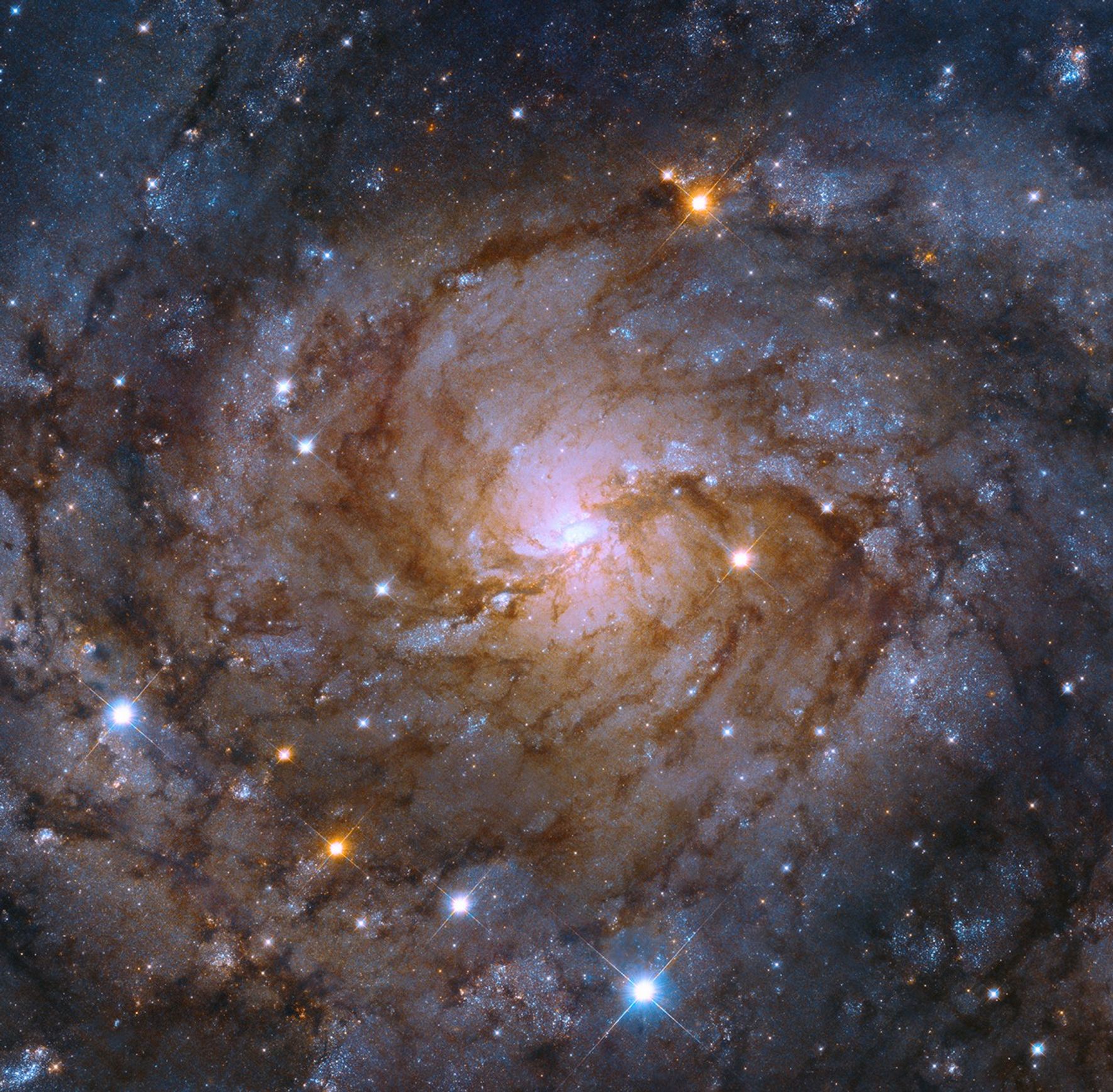Exoplanet Atmosphere
Filters

Scientists using NASA’s James Webb Space Telescope have observed a rare type of exoplanet, or planet outside our solar system,…

This artist’s concept shows what the hot super-Earth exoplanet TOI-561 b and its star could look like based on observations…

An artist’s concept shows what a thick atmosphere above a vast magma ocean on exoplanet TOI-561 b could look like.…

An emission spectrum captured by NASA's James Webb Space Telescope in May 2024 shows the brightness of different wavelengths of near-infrared…

Researchers using NASA’s James Webb Space Telescope have detected the strongest evidence yet for an atmosphere on a rocky planet…

Researchers can determine whether or not a tidally locked rocky planet has an atmosphere by comparing its measured temperature to…

Massive planets that receive less high-energy starlight are more likely to have atmospheres than small planets receiving more radiation. Webb…

All other things being equal, the more high-energy light a planet receives from its star, the less likely it is…

If two planets are the same in every other way, the one with a stronger gravitational pull is more likely…











































